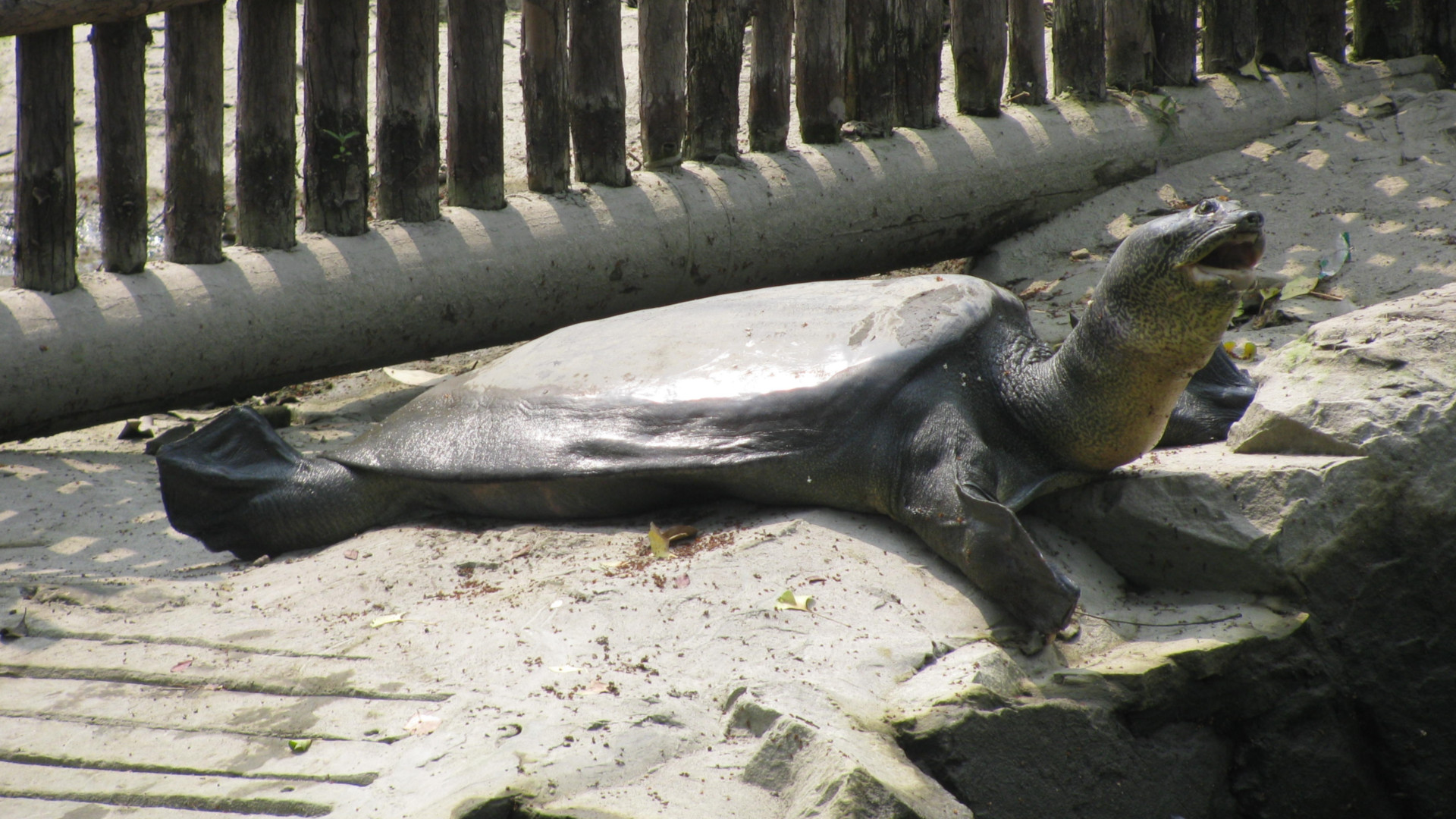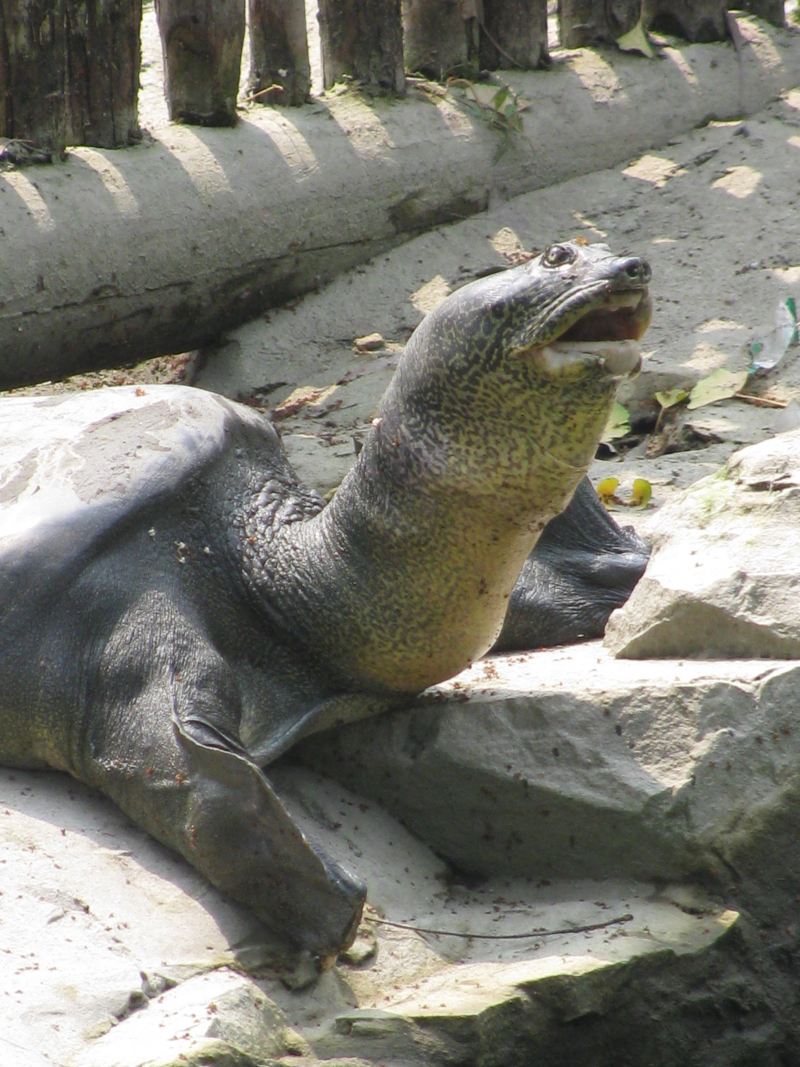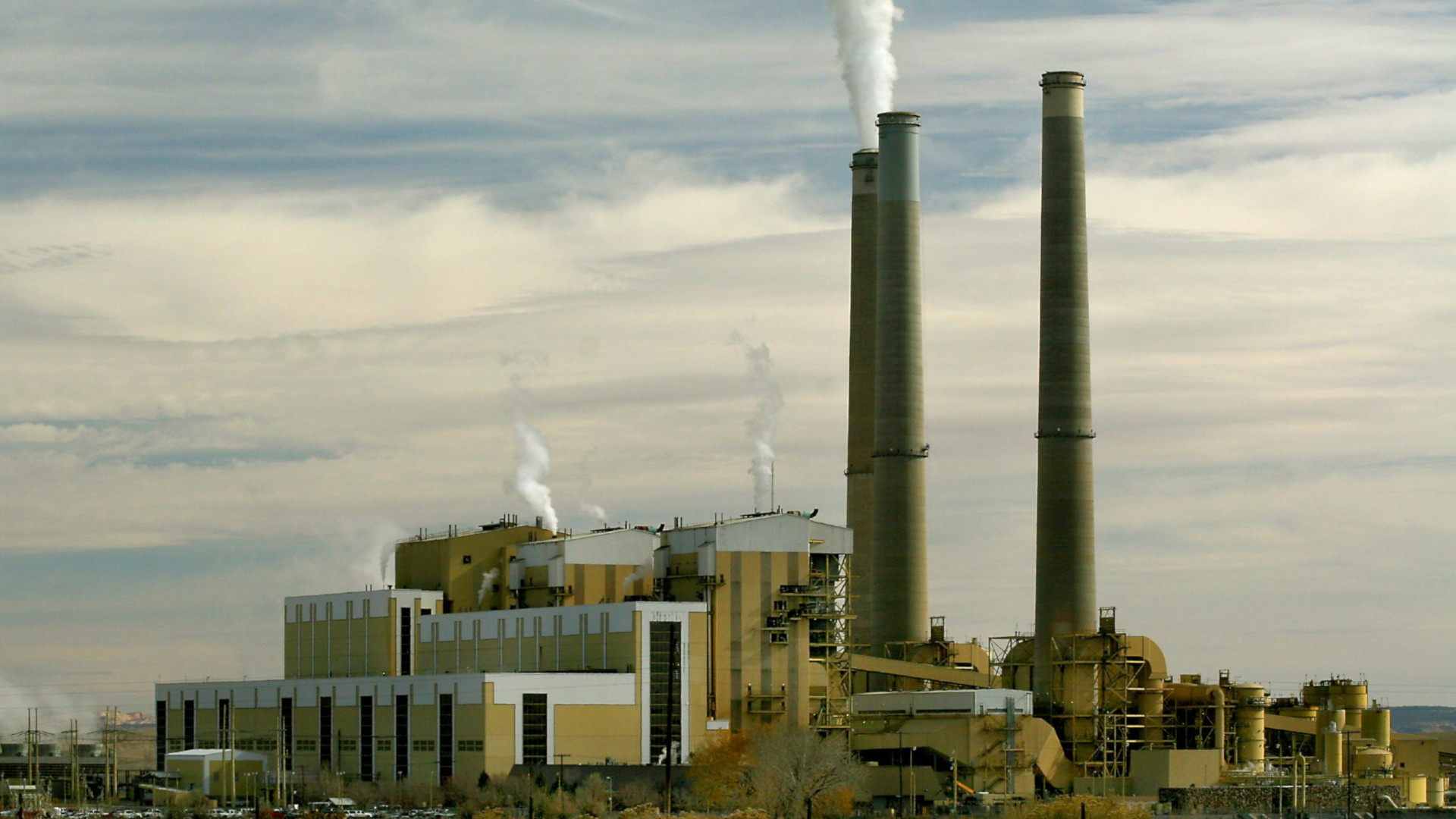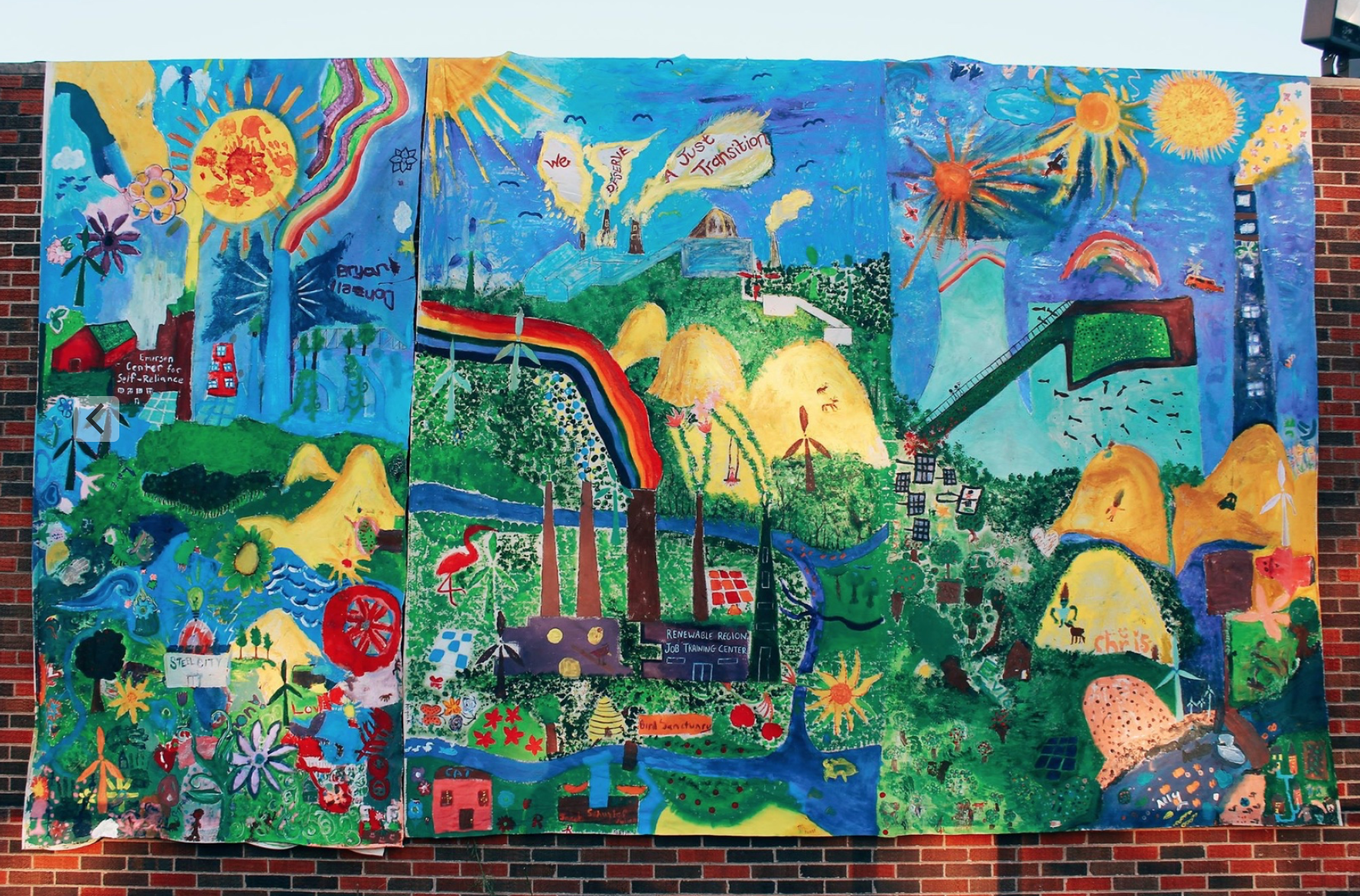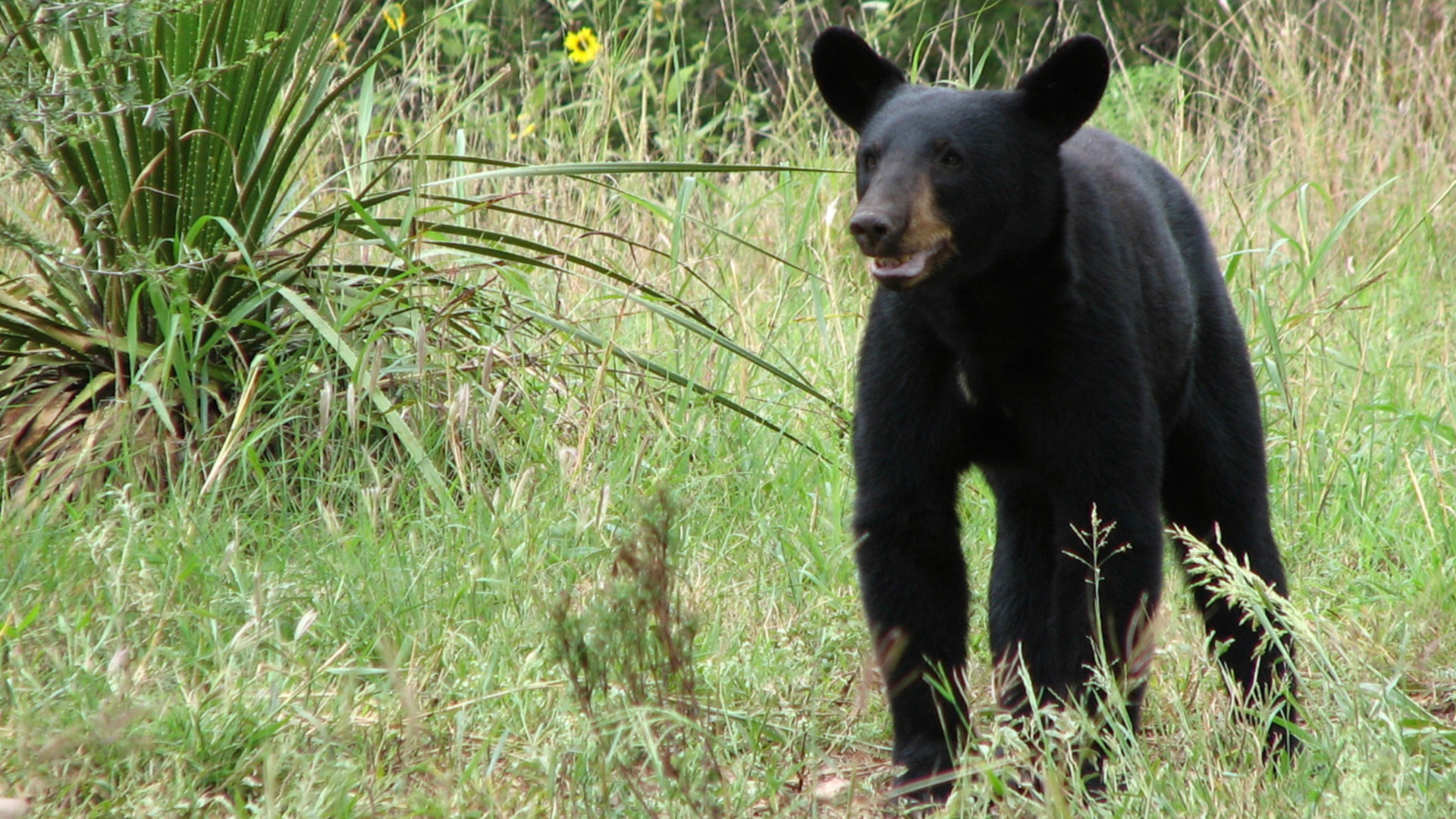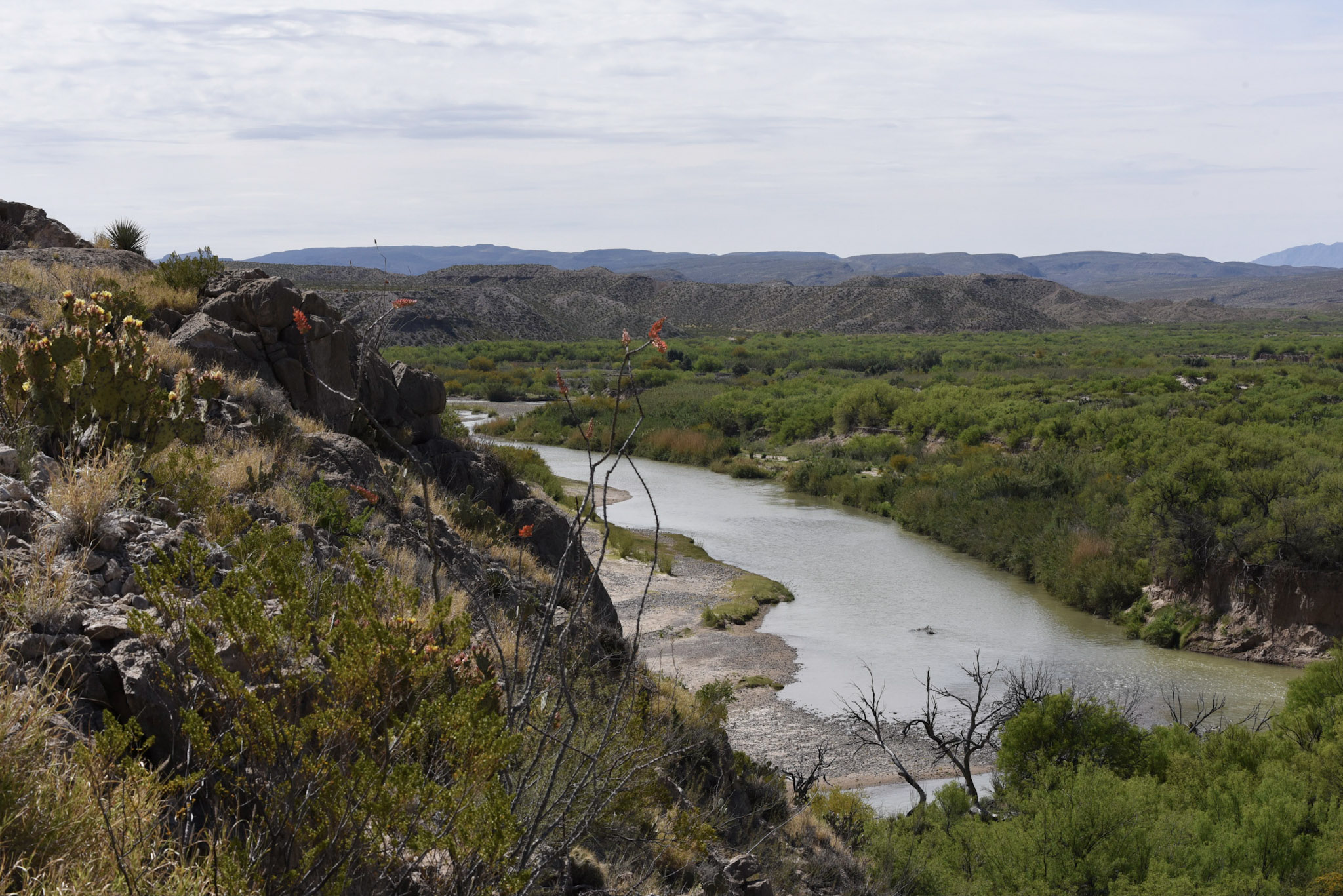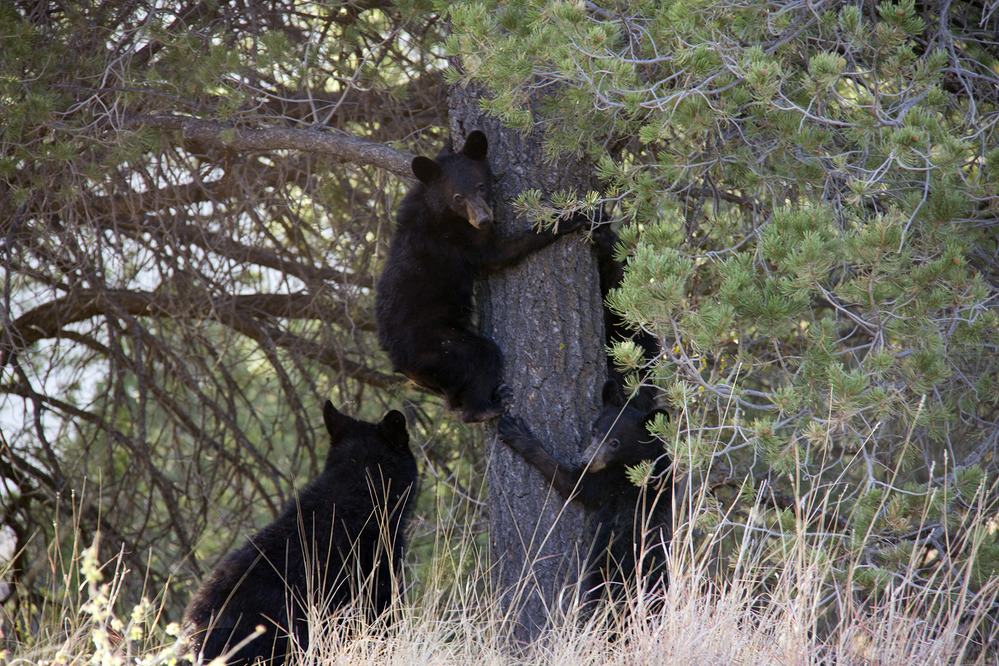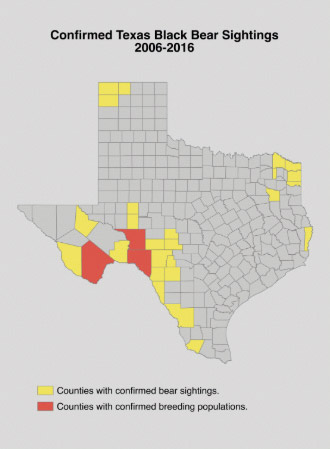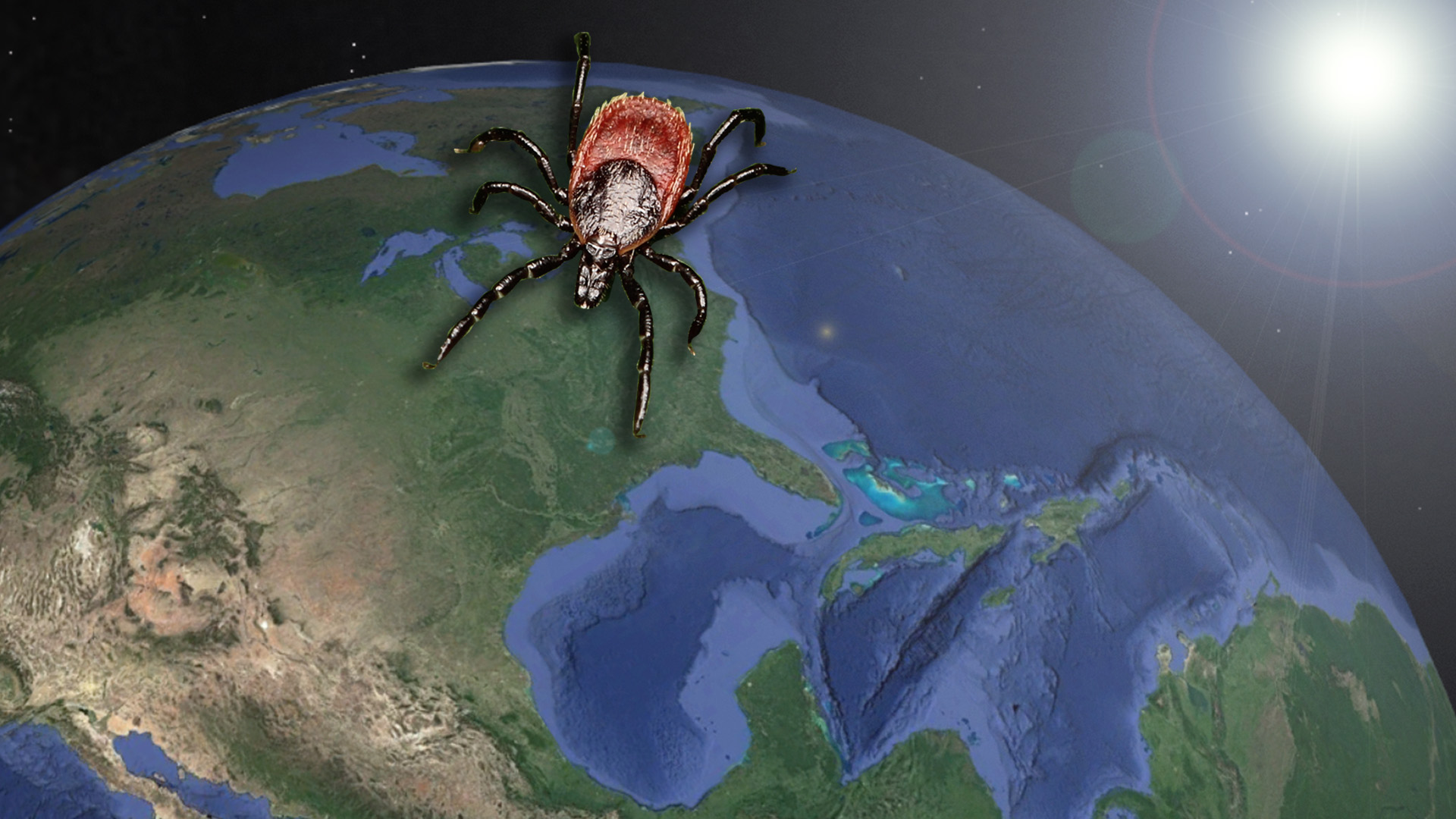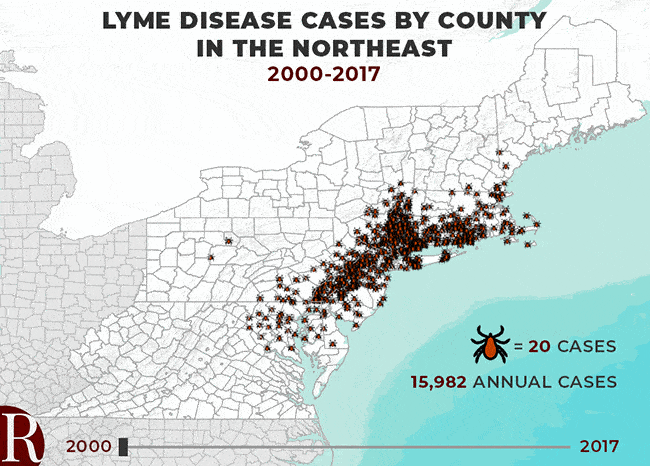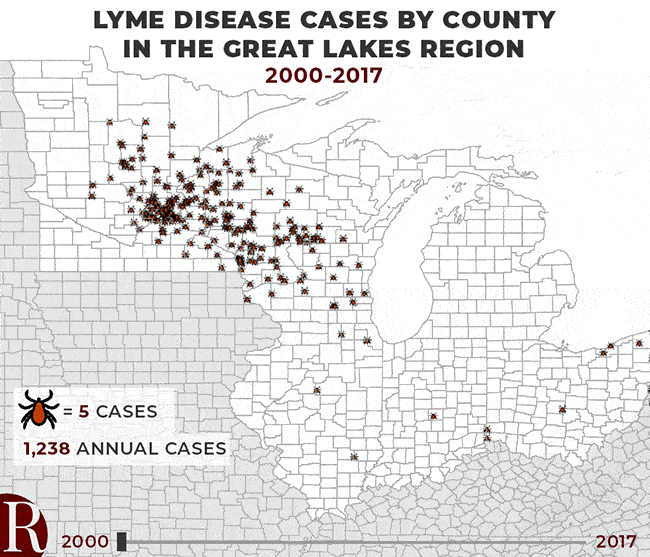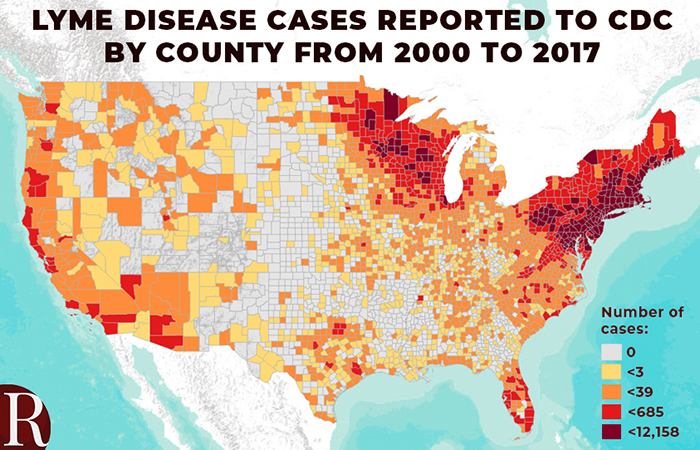Lee Grismer and his team had a tight deadline.
Shwe Taung, one of Myanmar’s largest industrial companies, had invited Grismer and an international team of experts to one of their limestone mining sites to conduct an environmental impact assessment and survey the local wildlife. The researchers didn’t have much time to complete their mission.
“They said, ‘you can work here from morning until three o’clock, but then you have to leave because we’re going to blow it up,’” recalls Grismer, a biologist at La Sierra University. “So we start surveying and while we’re working they’re drilling these big old holes all around us and stuffing tubes full of C4 down the holes with primer core.”
 The researchers didn’t find much that day because most of the animals they were looking for are more active at night, so they finished their work in mid-afternoon prepared to leave — but not before hearing a series of massive explosions behind them.
The researchers didn’t find much that day because most of the animals they were looking for are more active at night, so they finished their work in mid-afternoon prepared to leave — but not before hearing a series of massive explosions behind them.
Grismer and his colleagues returned to the site that night and were both shocked and amazed at what they found.
“The whole place was just cratered,” he says. “But along the edge of these craters, we found a brand-new species of gecko.”
That was just the start.
“Our trip in 2016 only lasted 19 days and we found 21 new species.”
They’ve continued their discoveries ever since. Grismer and collaborators from Flora and Fauna International have now found and officially named 28 new gecko species, with a dozen more species descriptions waiting to be published. The rock-climbing reptiles are vibrantly colored, evolutionarily unique, and adapted to very narrow habitats — and most of them are unprotected or at risk.
That’s because of the booming global construction business. “The limestone in Myanmar is so rich in the components that are necessary to make cement that a lot of foreign and national companies are expanding their mining operations,” he says. “Myanmar has one of the most extensive limestone ecosystems in the world, and it is the least protected of any country in the world, with maybe 1 percent of it being considered sensitive.”
Dangerous Habitat
If conservation work is going to happen, it needs to happen fast.
Grismer says that many of these areas are being quarried while they conduct their surveys. “We’re collecting in one area and they’re blowing up the place right next to us,” he says.
That’s not slowing them down. “We’re getting to as many places as quickly as possible, finding and describing these new species and getting them published. That way NGOs like Fauna and Flora International and other environmental organizations in Myanmar can put these species up to be red listed and protected.”
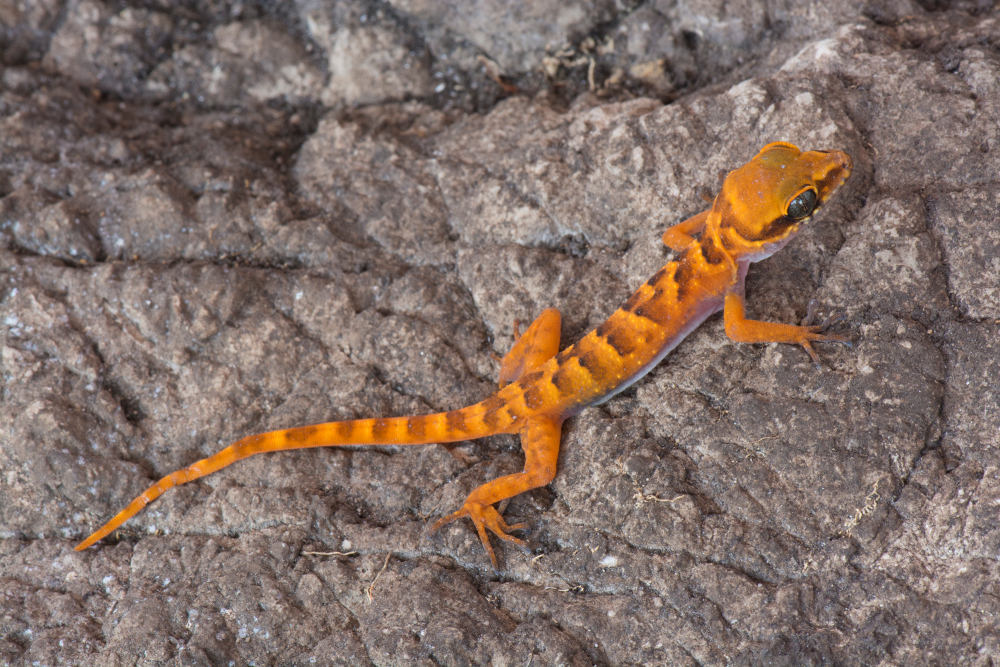
It isn’t easy work, often involving climbing steep rock faces or crawling on their bellies through caves — not unlike the geckos they find in those areas.
Nor is it exactly safe to be working in Myanmar, a country long plagued by war and violence.
“We actually have armed rebel groups and militias protecting us while we collect,” Grismer says. “I took a trip last November where we found more gecko species and we had to have armed militias go with us, but they were battling another militia on the other side of the river.”
Sometimes the researchers get caught up in the conflict.
“We were hanging out at a monastery after a survey and then a gun battle broke out nearby,” Grismer recalls. “The monks are going, ‘Guys, guys, guys, get out of here. Run, run, run, get out now.’ ” They ended up running more than a mile across a rice paddy in a thunderstorm while lightning crashed down around them.
“It’s fun to talk about now, but not while it’s happening,” he says with a sigh.
Life in the Towers
The biodiversity discovered in these expeditions — which also includes newts, toads, snakes and other species — lives in habitats few other researchers have explored.
Myanmar’s valued limestone typically manifests itself as hills, caves or even rock towers rising as high as 1,300 feet above the ground. Most of these sites are isolated from each other by vast swaths of agricultural fields.
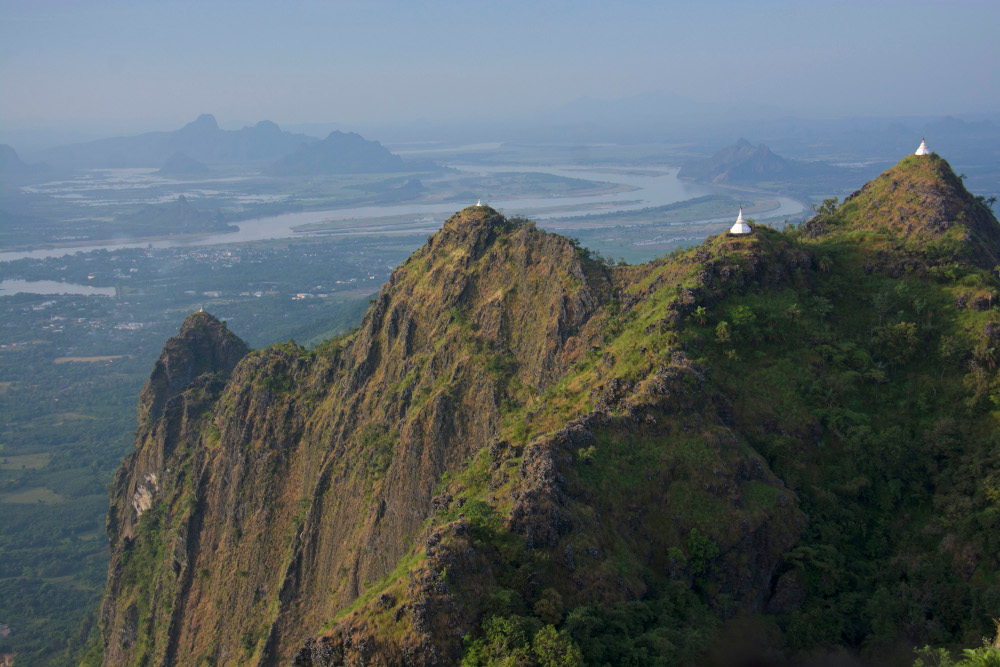
“Picture a huge, monoculture rice paddy,” Grismer says. “All of the forest around it has been cut down, but looming out of the middle of this rice paddy is this big karst tower. It’s got native vegetation on it, and just about everything that lived in that forest prior to the rice paddy has now moved into that karst tower. So they act as sort of refugia — archaic museums that still maintain the biodiversity of these areas, albeit in fragmented form.”
That isolated nature has, in many ways, protected the species that live there.
“An animal that’s going to live on that limestone, rather than in the forest, requires a completely different body structure,” Grismer says. “It’s even more extreme if you’re going to move into a limestone cave. But the advantage here is that you have no competitors for food, and the predator abundance is greatly reduced so there’s nobody trying to eat you.”
That’s also led to a lot of evolution, which has given rise to the abundance of unique species.
“This situation allows these animals to adapt, to express their genetic constitution in different evolutionary ways, which has manifested in their body morphology for climbing and living in the dark and things like that. So what we see in these areas are a high density of limestone-adapted species that are long and spindly with big eyes and these very interesting color patterns.”
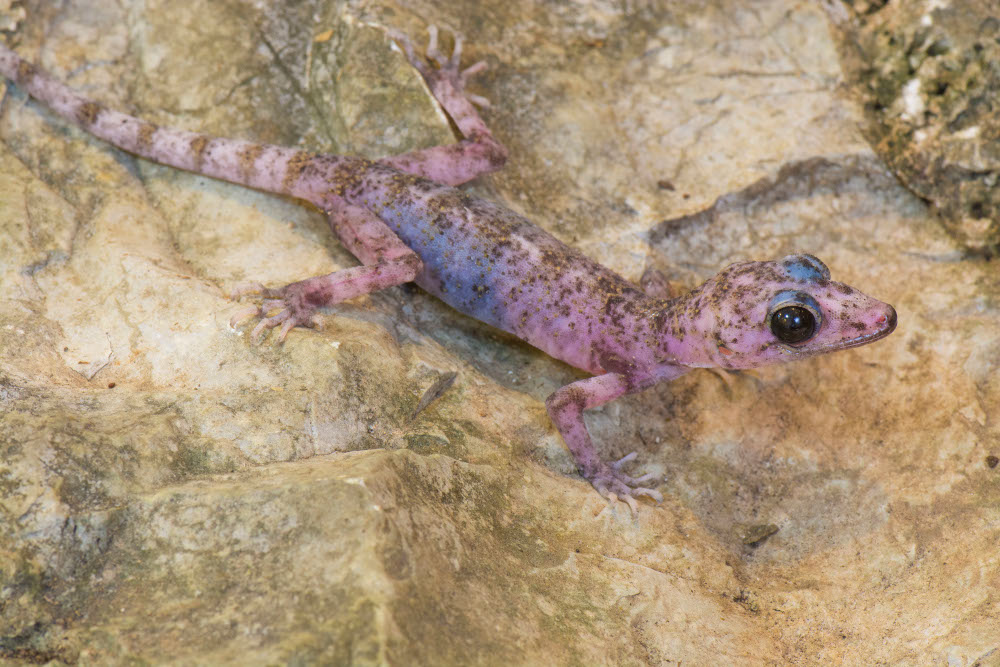
But that very same evolutionary path that made all of these species unique from each other also puts them uniquely at risk.
“These highly specialized species are really, really well adapted to doing what they do,” Grismer says. “In doing so, they’ve lost much of their genetic variation, so if there’s a slight perturbation in the environment they can’t handle it and they go extinct quickly.”
And as he points out, “blowing up karst towers is a little bit more than a slight perturbation.”
A Rush to Identify — and Rescue
As different as these species all are from each other, their habitats are similar enough that researchers can now arrive at a new karst tower or cave and immediately start finding new species.
“We know how to start looking and where to search because of all the errors that we’ve made in the past and gotten wrong,” Grismer says. “We see the same patterns recurring over and over in these unrelated spaces.”
That’s helping them to identify as many species as possible, as quickly as they can — and meanwhile the hunger for cement threatens wildlife not just in Myanmar, but around the world.
“Myanmar doesn’t exist in a vacuum,” he says.
They’ve had successes and won some battles.
In an inspired move, Grismer and his colleagues named the first new species they found after the company that had hired them, calling it the Shwetaung bent-toed gecko (Cyrtodactylus shwetaungorum).
The discovery inspired Shwe Taung to take efforts to protect the species. “Based on our recommendation they purchased an adjacent mountain range, where we also found that species, which they set aside as a biodiversity offset so they could continue their mining operation and protect the species as the same time,” Grismer says.
The limestone caves themselves are another source of protection.
“These caves are very important places of worship for monks,” Grismer points out. “A lot of these limestone areas are Buddhist monasteries, and nobody’s going to go in and grind down a monastery. So the religious aspect of this concrete is actually, by default, protecting a lot of these endemic species.”
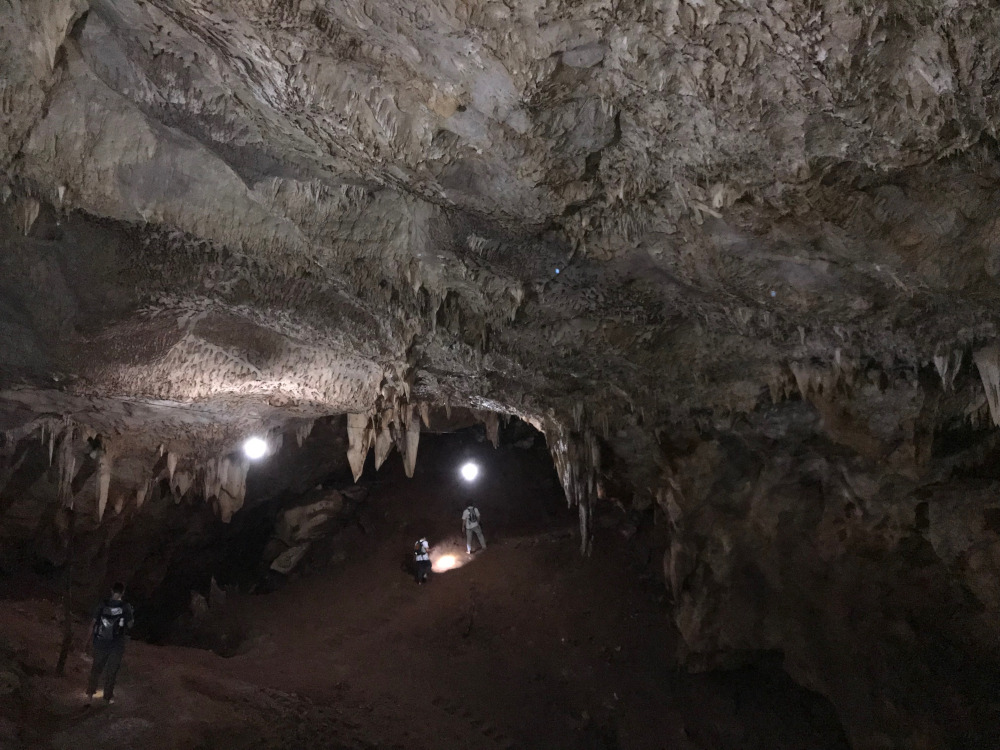
Not enough land or species have been protected, though. That means some of Myanmar’s unique biodiversity could vanish in the blink of an eye — or the flash of a detonator.
“I lose sleep over it at night wondering what’s going to happen to these species,” Grismer admits. The sight of construction wherever he travels serves as a constant reminder of what we’re losing. “When I drive to school every morning and I see them putting in these new cement freeways, I’m thinking, how many geckos they killed, you know? What karst tower did they grind down for these new freeways? It’s all around us.”
But still the successes they’ve achieved — like with the Shwetaung bent-toed gecko — keep them moving forward.
“We’re seeing good results and we’re seeing protective measures being levied based on our work,” Grismer says. “It’s encouraging us to keep going and push harder and deeper and stronger.”
![]()

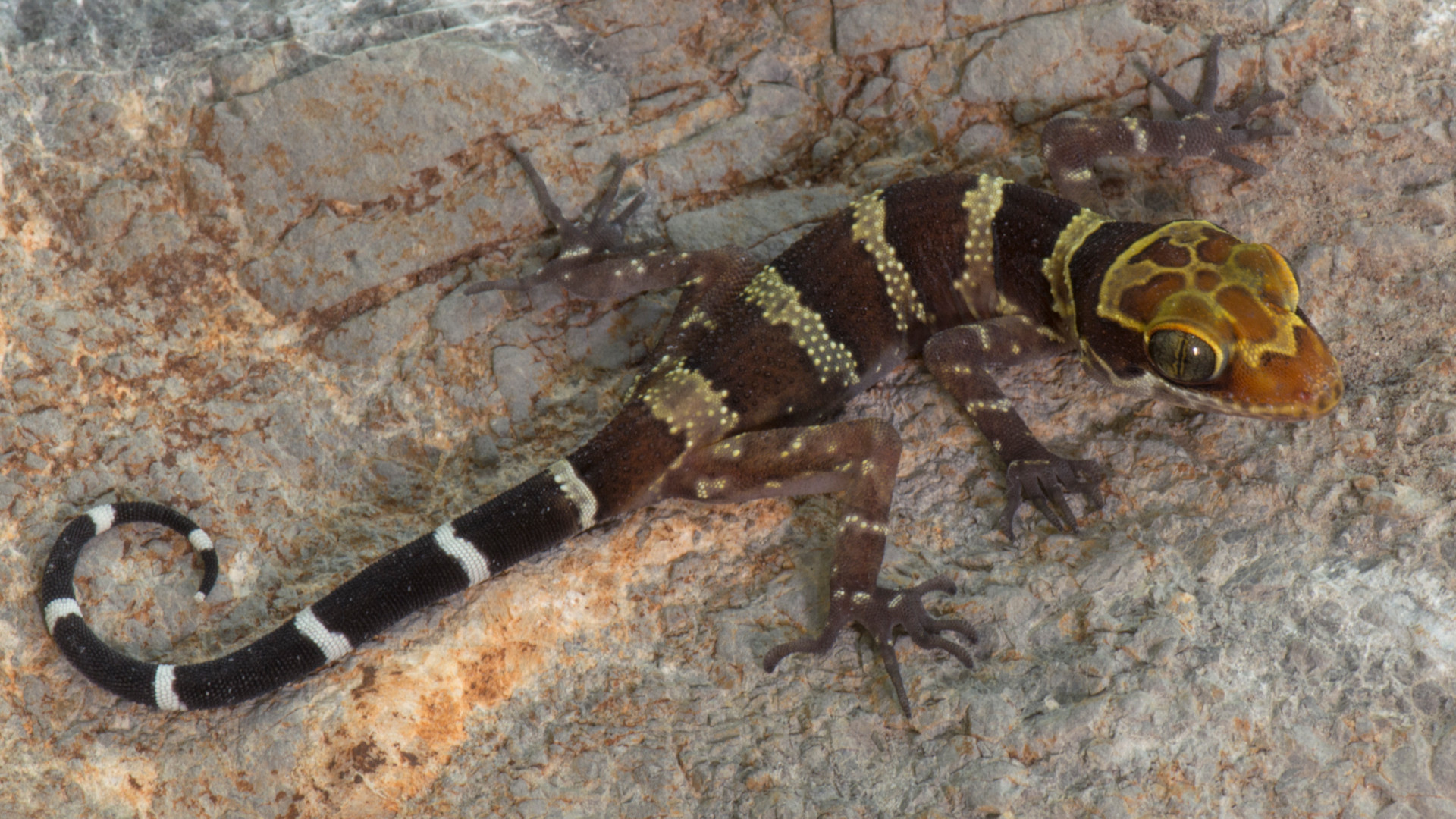

 Now Loy is back to talk about how to achieve that goal. His thought-provoking new book,
Now Loy is back to talk about how to achieve that goal. His thought-provoking new book, 




